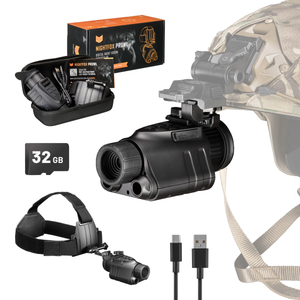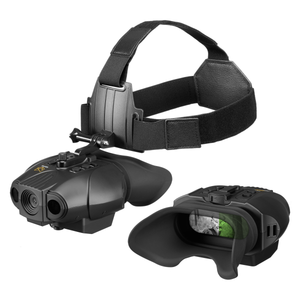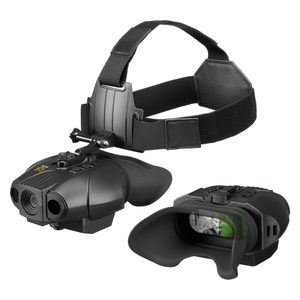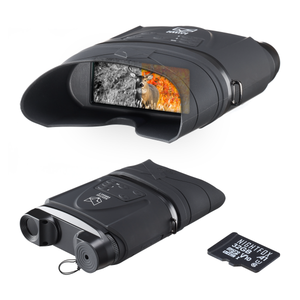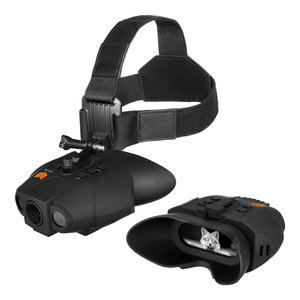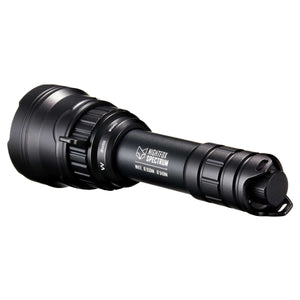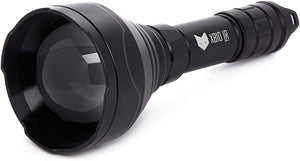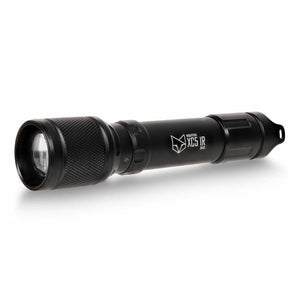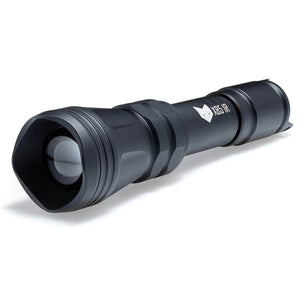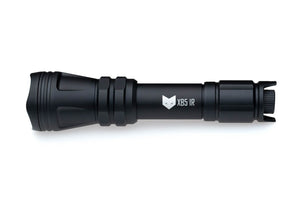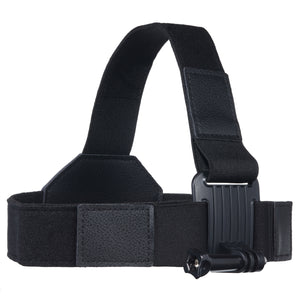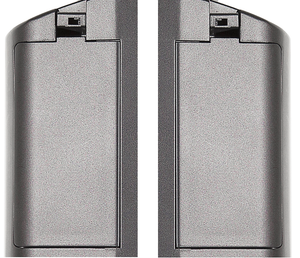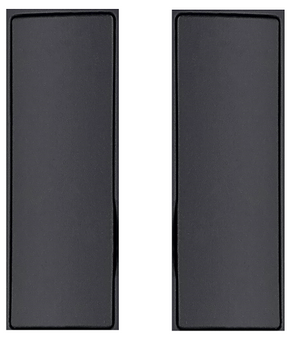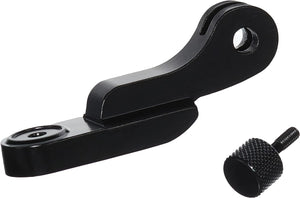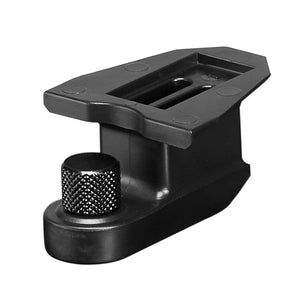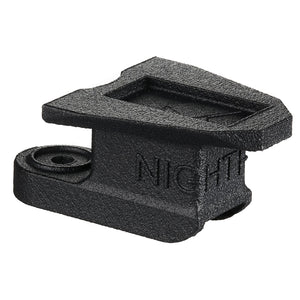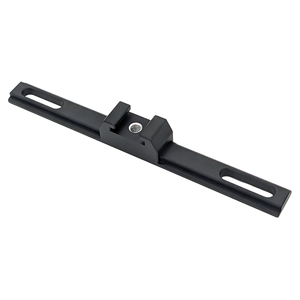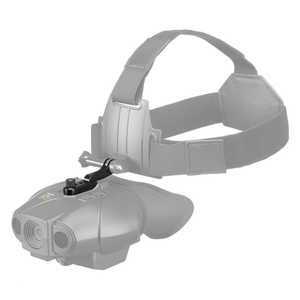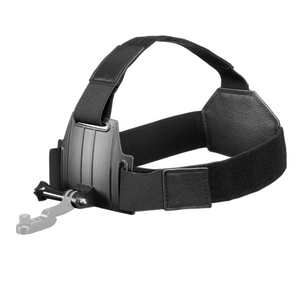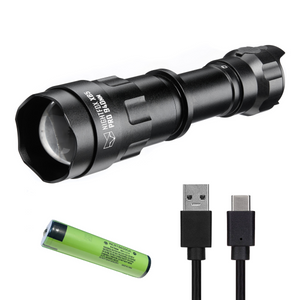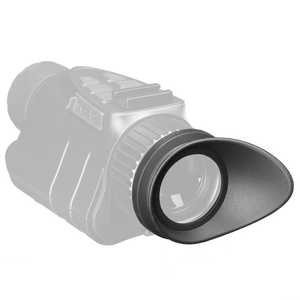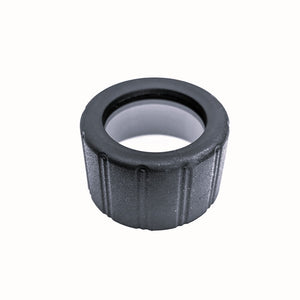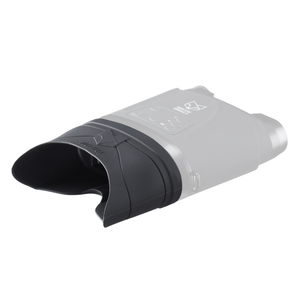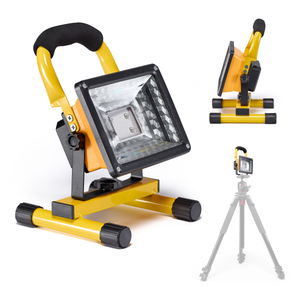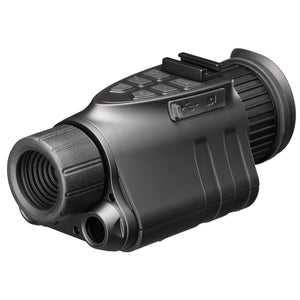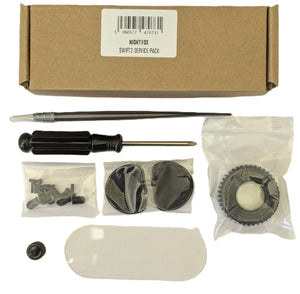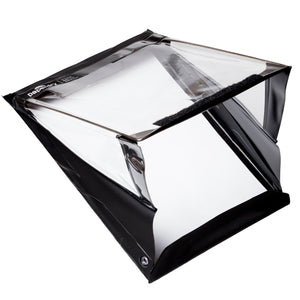How can IR light affect eye sight?
Recently, our team attended a bat ecology conference in Somerset, meeting many wonderful ecologists from all over the UK and further afield! One thing we kept noticing was ecologists tended to check the IR illuminators were working by looking directly at the bulbs close up and turning up the IR intensity. When asked, it was something that many did regularly. We found this concerning, so we wanted to create a post for anyone who regularly works with high intensity IR illuminators.
How is IR light invisible to the human eye?
Infrared light (also called infrared radiation or abbreviated as IR), has wavelengths that are longer than visible light, making it (almost) invisible to the human eye. Animals use a family of proteins called ‘opsin’ to detect light, which changes in reaction to light. Opsin usually can’t absorb infrared light as it has too little energy to affect a chemical change.
Why is there a red glow from IR LEDs?
We aren’t completely sure! Some people say that the infrared lights make a very small amount of visible red light, while others suggest that near-infrared wavelengths of light can be perceived by the human eye, albeit extremely weakly. For most users the slight red glow isn’t an issue, but we provide 940nm torches for those who want to reduce the glow.
Is it safe to look into an infrared torch?
We don’t recommend looking directly into infrared torches. Unlike a bright visible light you won’t instinctively blink, or look away from an intense IR illuminator or an IR laser. Bright infrared lights could overheat your retina or with lower levels of exposure, encourage the growth of cataracts on your eyes.
All Nightfox devices and torches are in the safest category of ‘exempt’ so they shouldn’t cause any issues with brief exposure. We recently carried out safety testing of the XB5 Pro and Arc infrared lights, both were found to be ‘exempt’, although the powerful Arc was close to the maximum safe limit. We still strongly recommend minimising exposure to infrared light.
How can I test if my infrared light is on then?
We would suggest that ecologists, or those who work with IR light, stay as eye safe as possible by shining IR light sources away from the face and eyes onto a nearby table or wall. Then you can use a night vision device to check that the IR light is on and to see its intensity. If it is a bright day, you can look at the back of the device for the small LED showing that it is switched on, or you can test the intensity by shining it into a shaded area, such as a cupboard or under a desk, or holding it close to a wall whilst viewing it with a night vision device, like the Nightfox Whisker.
Supporting Video
This old video, shot on a Corsac 1 device, shows a user briefly shining an XB5 into their own face. Brief exposure is harmless, but you can see in the video that this is a powerful torch directed into the eyes. We don’t recommend it!

 Trusted Service
Trusted Service 30 Day Return Policy
30 Day Return Policy 2 Year Warranty
2 Year Warranty Worldwide Delivery
Worldwide Delivery 